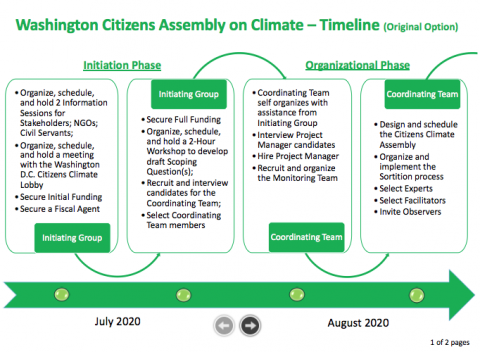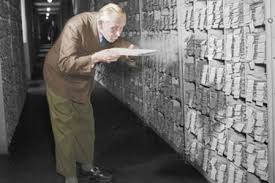Discussion:
The original concept that inspired the work on this pattern was in relation to the Green New Deal. The genius—and the audacity—of the Green New Deal is that it acknowledges that environmental problems such as climate change and species disappearance and social problems such as poverty, mass incarceration, xenophobia, and war are inextricably linked. And like the original New Deal, the Green New Deal is extremely wide-ranging with respect to the magnitude of resources proposed and the breadth of its consideration, which addresses agriculture, energy, transportation, economic security, the environment, and the entire social sphere besides.
Unfortunately, unlike the Green New Deal, policy is often developed around a single goal, often from an efficiency point of view, and often is simply imposed on people. Thus, all countries should reduce their use of oil or coal regardless of how the burden fell and on whom. Realizing the connections between social problems and environmental issues, especially where one exacerbates the other or when reducing one reduces the other, should offer clues as to where to look for interventions.
Which is not to say that this will be easy. As Dobson points out, neither social justice nor environmental sustainability necessarily produces the other [6]. And, for example, if increased environmental sustainability raises the taxes or makes gas prices higher than some kind of resistance is virtually guaranteed. In fact, it's not an easy matter to convince some people that computing can have any detrimental effects on the environment, presumably because the connection is harder to see and because of portrayal as a “green industry” [5].
What Linkages?
Human activity, as we know, is now the main driving force behind the major changes that are now disrupting the Earth's systems. But in many ways this is just the beginning of the story.
We need to know what types of human activities are behind these changes? How do they work and how can they be interrupted or diverted? Sabie, Salman, and Easterbrook, for example, discuss how the computer has revolutionized the field of architecture, allowing new dazzling buildings to be built, but are asking the ICT community to accept the "challenge of providing shelter, primarily housing, in existing and future scarce-resource contexts." [30]
Who are the stakeholders? They include the people who affect the changes, the people who must endure the consequences, and the people in between. What can we do with the information? For one thing, it must be recognized that people in marginalized communities are often also in environmentally compromised areas. Linking the social and the environmental means including people from these communities in any conversation or deliberation that will affect them and find an appropriate approach not as an economic rationalistic imposed "solution" but derived through an ongoing negotiating process.
What Does Computing Have to Do With It?
Computer scientists, researchers, and practitioners—and the people that pay them—are reshaping the world — or at least they are making the reshaping happen more quickly. The impacts of computing are linked to both the social field and the environment, sometimes through propagating ignorance on the global scale, sometimes helping us further our understanding.
What damage are we enabling? What are our roles and which ones can we step into? Powering the cloud has just bypassed the airline industry in terms of carbon and other pollutants. And crypto currency mining, like actual mining, is consuming vast, increasing amounts of energy, reenacting the fairy tale through spinning bits into gold. Computing as a vast collective activity has gone beyond enabling others to cause damage in their own way to being actual, direct producers of damage. Moreover, the hardware we employ (and throw away in record numbers) is constructed using rare earth metals that are acquired under harsh conditions that degrades both human and environmental health [2].
This pattern suggests that linkages might prove themselves to be important tools. What leverage points might we identify and leverage? The more we know about this the better our chances become. It might turn out, for example, that if the miners in the Democratic Republic of the Congo decided to unionize, then a demand for transparency in supply chains at the same time, might be well-warranted.
The relationship between the social and environmental worlds to be thoroughly considered and explicitly linked in any policy that gets developed.









